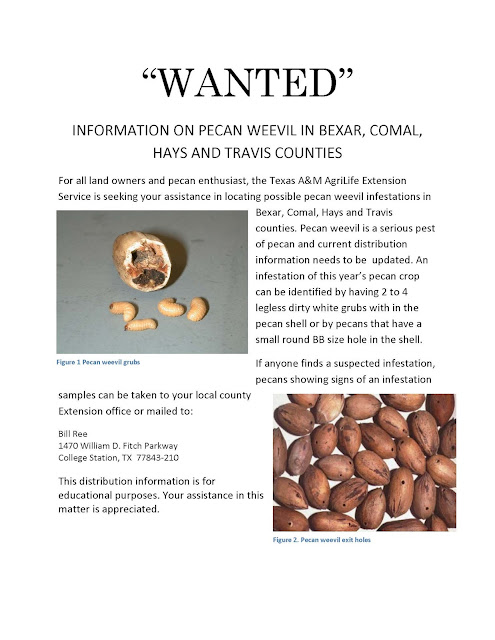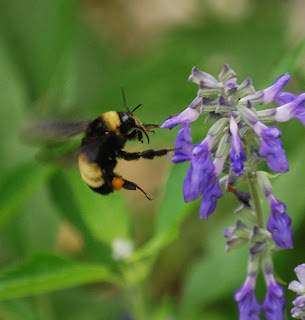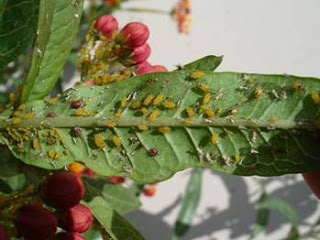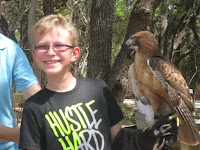Search This Blog
Questions about insects, spiders, scorpions or other creepy crawlers? Tune into this blog to learn about what's buggin' you!
Posts
Showing posts from 2017
Fall Armyworms on the March in South, Central Texas!
- Get link
- X
- Other Apps
Chagas Disease in Texas Workshop - Healthcare Providers and Veterinarians please come!
- Get link
- X
- Other Apps
Insect of the Month: Robber Fly....Bee, Fly, Bee Fly or Weird Fly? What is this?
- Get link
- X
- Other Apps
2017 All Bugs Good and Bad Webinar Series: Drain Flies, House Flies, and Fungus Gnats
- Get link
- X
- Other Apps
2017 All Bugs Good and Bad Webinar Series: Aphids, Scales, and White Flies
- Get link
- X
- Other Apps
Summer Bug Camps! Now taking registrations!
- Get link
- X
- Other Apps













